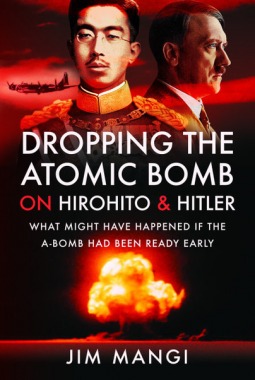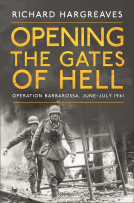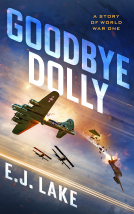
Dropping the Atomic Bomb on Hirohito and Hitler
What Might Have Happened if the A-Bomb Had Been Ready Early
by Jim Mangi
This title was previously available on NetGalley and is now archived.
Send NetGalley books directly to your Kindle or Kindle app
1
To read on a Kindle or Kindle app, please add kindle@netgalley.com as an approved email address to receive files in your Amazon account. Click here for step-by-step instructions.
2
Also find your Kindle email address within your Amazon account, and enter it here.
Pub Date 30 Jan 2022 | Archive Date 28 Feb 2022
Pen & Sword | Frontline Books
Talking about this book? Use #DroppingtheAtomicBombonHirohitoandHitler #NetGalley. More hashtag tips!
Description
On 2 August 1939, the renowned theoretical physicist Albert Einstein wrote a letter to President Roosevelt in which he declared that ‘it might become possible to set up a nuclear chain reaction in a large mass of uranium’. He went on to declare that ‘extremely powerful bombs of a new type may thus be constructed’. But it was more than two years later, after Pearl Harbor, that Roosevelt established the project to develop the bomb as a top priority. The funds for what came to be called the Manhattan Project were so deeply concealed in the new Congressionally-authorized monies that no member of Congress had any notion of what was being developed. However, one Senator, a future US President, almost uncovered the secret. But what if actual events had taken a different course?
Presented as a thoroughly researched and referenced account of events during and after WW2, Dropping The Atomic Bomb on Hirohito and Hitler is history as it might have been, but for a single-point, root counterfactual change early in the war: the appointment of a different chair of the Americans’ Uranium Committee. The text recounts that under a different leader, the bomb could have been available sooner. Citing sources including some of the leading scientists on the project, the author shows that getting the bomb project going was more a matter of organization and determination than of scientific discovery, and could have produced a bomb substantially earlier.
What if the atomic bomb had been ready for deployment in, say, February 1945? How would this have affected the war in Europe, and in particular Germany’s surrender? What would the impact have been in the war in the Pacific against Imperial Japan, and how would the Soviets have reacted? And what would the following Cold War have looked like? These are all questions and scenarios that the author rigorously examines.
Solidly based on real people and actual events, in this book James Mangi describes the Manhattan Project to build the atom bomb getting an earlier start after President Roosevelt appointed an energetic scientist, Walter Mendenhall, (who was indeed qualified and available) to study the feasibility of the bomb, instead of the more traditional bureaucrat, Lyman Briggs, whom he actually chose. This scenario, he reveals, might well have produced a war-ending atomic bomb earlier, with the effects rippling through the post-war world.
Also included are several “counter-counterfactual” discussions: from the perspective of the early bomb alternative history, the author presents “speculations” of how different history would have been if the bomb had come later.
Available Editions
| EDITION | Hardcover |
| ISBN | 9781399093156 |
| PRICE | £25.00 (GBP) |






